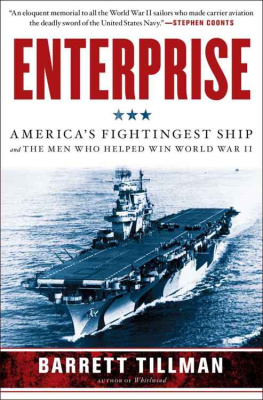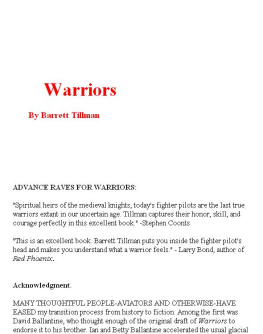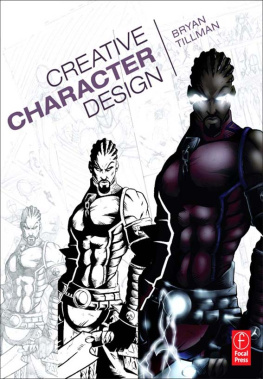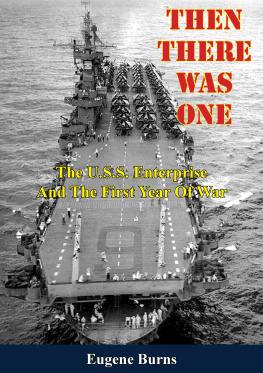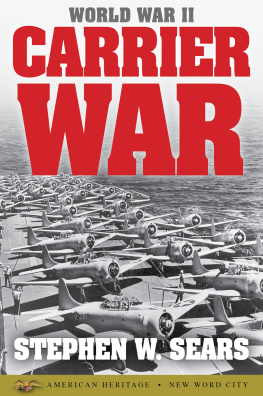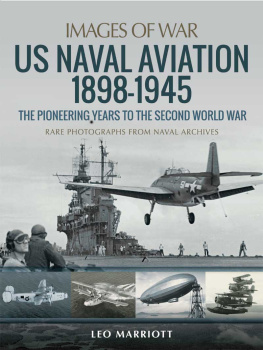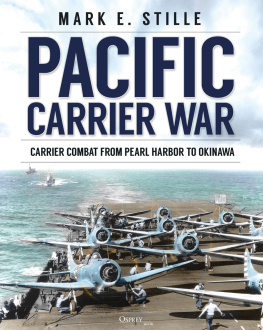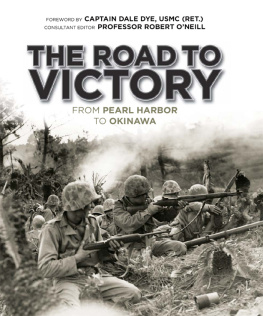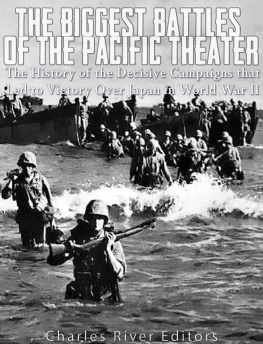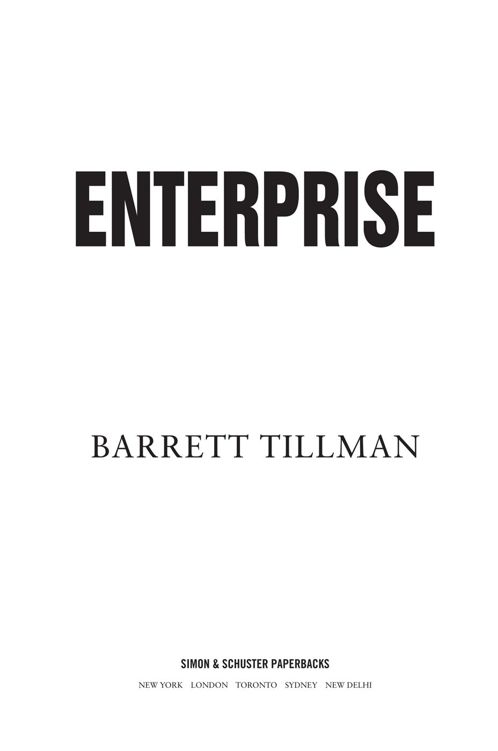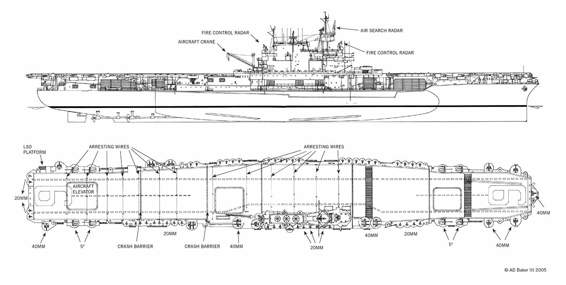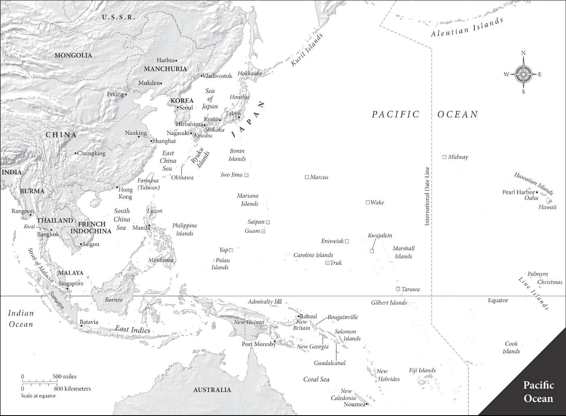Tillman - Enterprise : Americas fightingest ship and the men who helped win World War II
Here you can read online Tillman - Enterprise : Americas fightingest ship and the men who helped win World War II full text of the book (entire story) in english for free. Download pdf and epub, get meaning, cover and reviews about this ebook. City: New York, year: 2012, publisher: Simon & Schuster, genre: History. Description of the work, (preface) as well as reviews are available. Best literature library LitArk.com created for fans of good reading and offers a wide selection of genres:
Romance novel
Science fiction
Adventure
Detective
Science
History
Home and family
Prose
Art
Politics
Computer
Non-fiction
Religion
Business
Children
Humor
Choose a favorite category and find really read worthwhile books. Enjoy immersion in the world of imagination, feel the emotions of the characters or learn something new for yourself, make an fascinating discovery.
Enterprise : Americas fightingest ship and the men who helped win World War II: summary, description and annotation
We offer to read an annotation, description, summary or preface (depends on what the author of the book "Enterprise : Americas fightingest ship and the men who helped win World War II" wrote himself). If you haven't found the necessary information about the book — write in the comments, we will try to find it.
Pearl Harbor . . . Midway . . . Guadalcanal . . . The Marianas . . . Leyte Gulf . . . Iwo Jima . . . Okinawa. These are just seven of the twenty battles that the USS Enterprise took part in during World War II. No other American ship came close to matching her record. Enterprise is the epic, heroic story of this legendary aircraft carriernicknamed the fightingest ship in the U.S. Navyand of the men who fought and died on her.
Americas most decorated warship, Enterprise was constantly engaged against the Japanese Empire from December 1941 until May 1945. Her career was eventful, vital, and short. She was commissioned in 1938, and her bombers sank a submarine just three days after the Pearl Harbor attack, claiming the first seagoing Japanese vessel lost in the war. It was the auspicious beginning of an odyssey that Tillman captures brilliantly, from escorting sister carrier Hornet as it launched the Doolittle Raiders against Tokyo in 1942, to playing leading roles in the pivotal battles of Midway and Guadalcanal, to undergoing the shattering nightmare of kamikaze strikes just three months before the end of the war.
Barrett Tillman has been called the man who owns naval aviation history. Hes mined official records and oral histories as well as his own interviews with the last surviving veterans who served on Enterprise to give us not only a stunning portrait of the ships unique contribution to winning the Pacific war, but also unforgettable portraits of the men who flew from her deck and worked behind the scenes to make success possible. Enterprise is credited with sinking or wrecking 71 Japanese ships and destroying 911 enemy aircraft. She sank two of the four Japanese carriers lost at Midway and contributed to sinking the third. Additionally, 41 men who served in Enterprise had ships named after them.
As with Whirlwind, Tillmans book on the air war against Japan, Enterprise focuses on the lower ranksthe men who did the actual fighting. He puts us in the shoes of the teenage sailors and their captains and executive officers who ran the ship day-to-day. He puts us in the cockpits of dive bombers and other planes as they careen off Enterprises flight deck to attack enemy ships and defend her against Japanese attackers. We witness their numerous triumphs and many tragedies along the way. However, Tillman does not neglect the top brasshe takes us into the ward rooms and headquarters where larger-than-life flag officers such as Chester Nimitz and William Halsey set the broad strategy for each campaign.
But the main character in the book is the ship itself. The Big E was at once a warship and a human institution, vitally unique to her time and place. In this last-minute grab at a quickly fading history, Barrett Tillman preserves the Enterprise story even as her fliers and sailors are departing the scene
Tillman: author's other books
Who wrote Enterprise : Americas fightingest ship and the men who helped win World War II? Find out the surname, the name of the author of the book and a list of all author's works by series.

